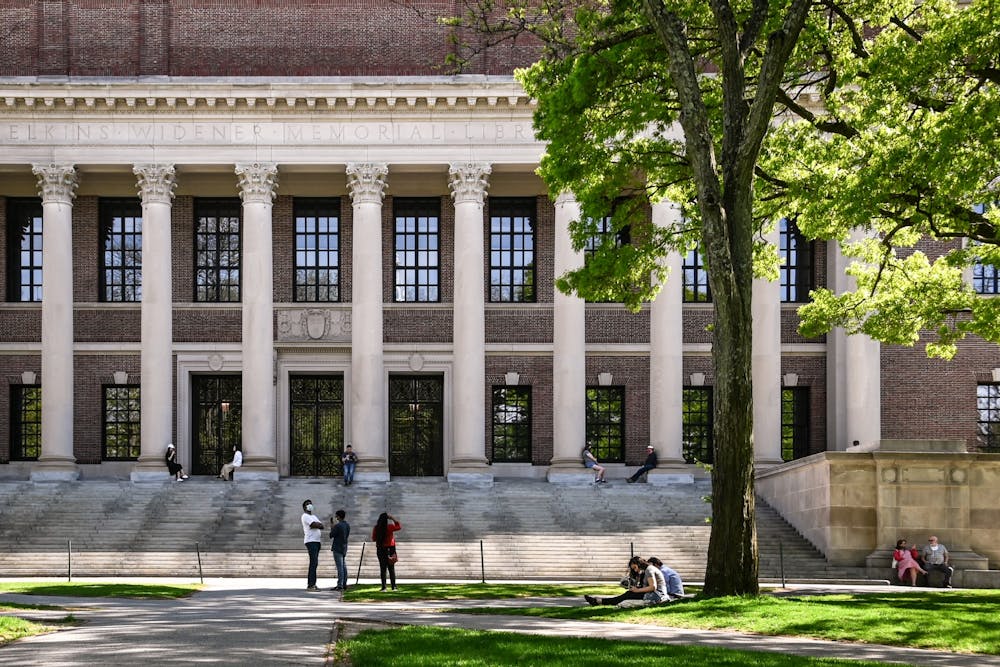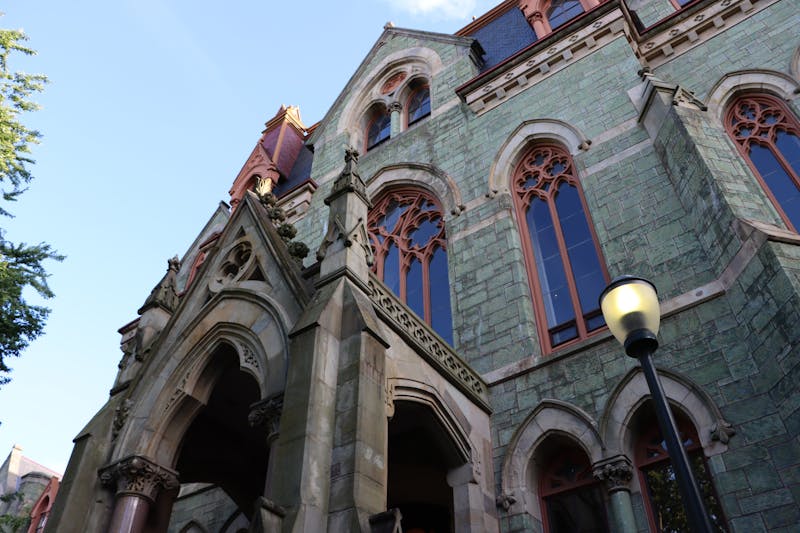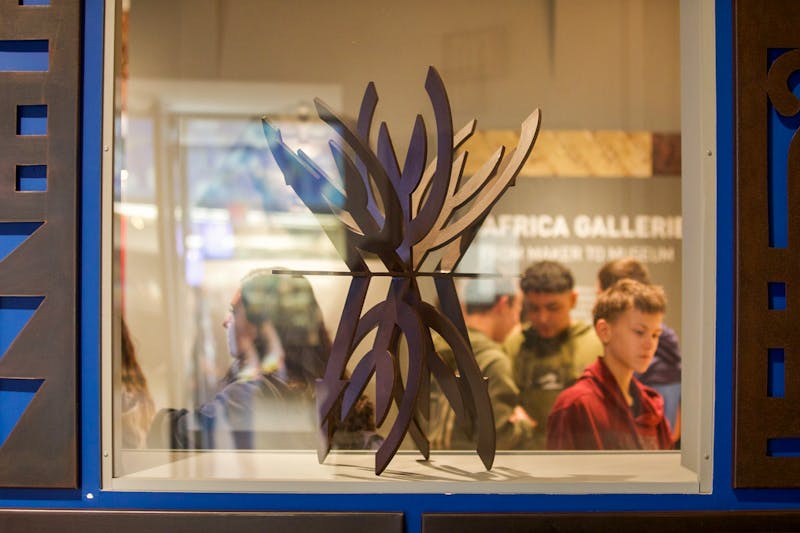
Harvard University announced it will allocate $100 million to study and redress its ties to slavery after a University report released on Tuesday acknowledging the role slavery played in shaping its institutions.
The report found that slavery “powerfully shaped” Harvard, as many key donors built their wealth from slavery. It also acknowledged that some of these donors are still memorialized across its campus. The $100 million contribution will create an endowed “Legacy of Slavery Fund” in order to implement the report’s recommendations.
The recommendations include improving educational opportunities for the descendants of enslaved people, honoring enslaved people through memorials, research, and curriculum, creating partnerships with historically Black colleges and universities, and building relationships with the direct descendants of those who were either enslaved by staff, leadership, or faculty at Harvard or labored on its campus.
The report — the most significant acknowledgment Harvard has made of its connections to slavery — comes two years after Harvard President Lawrence S. Bacow formed the Presidential Committee on Harvard & the Legacy of Slavery.
The lengthy report covers everything from Harvard’s financial ties to slavery and campus movements against slavery to admissions discrimination. It also includes a list of more than 70 Black and Native American people who were enslaved by prominent Harvard figures, along with the names of their enslavers. On the same page, the report also lists how those enslavers are memorialized on Harvard’s campus currently.
Penn’s own connections to slavery were brought to light by the Penn & Slavery Project in 2018, when it was found that many of the University's founding trustees had substantial connections to the slave trade.
Since then, the project has found that Penn financially benefited from slavery, that 75 former trustees were owners of enslaved people, and that faculty — such as Samuel Morton — collected body parts without consent from the enslaved individuals. Morton’s cranial collection was on display at the Penn Museum until 2020, when the museum moved it out of public view.
Also in 2020, Penn removed a statue of George Whitefield from the Quad due to his connections to slavery in the 18th century, nearly three years after Whitefield’s connections to slavery were detailed in a Penn & Slavery Project report.
Most recently, the Penn & Slavery Project launched an augmented reality campus tour app to allow users to explore Penn’s ties to slavery.
The Daily Pennsylvanian is an independent, student-run newspaper. Please consider making a donation to support the coverage that shapes the University. Your generosity ensures a future of strong journalism at Penn.
Donate






